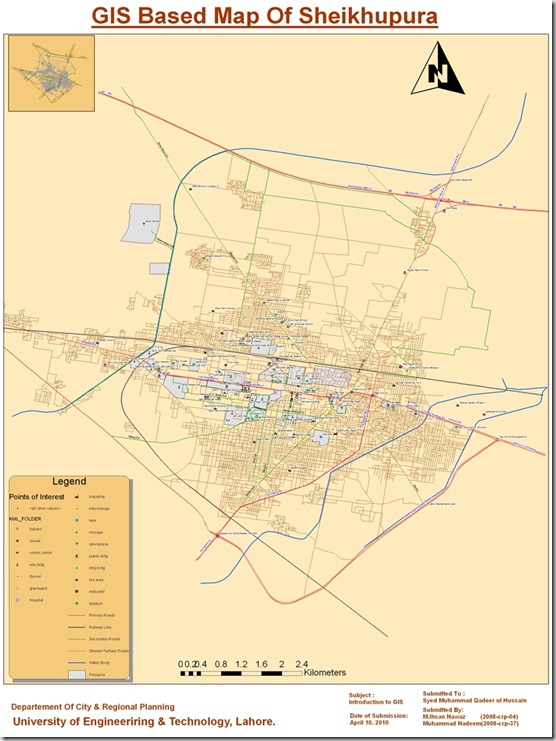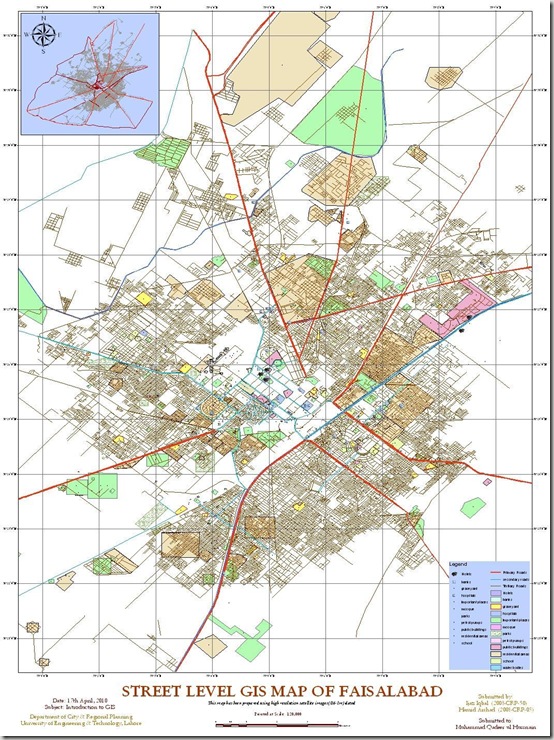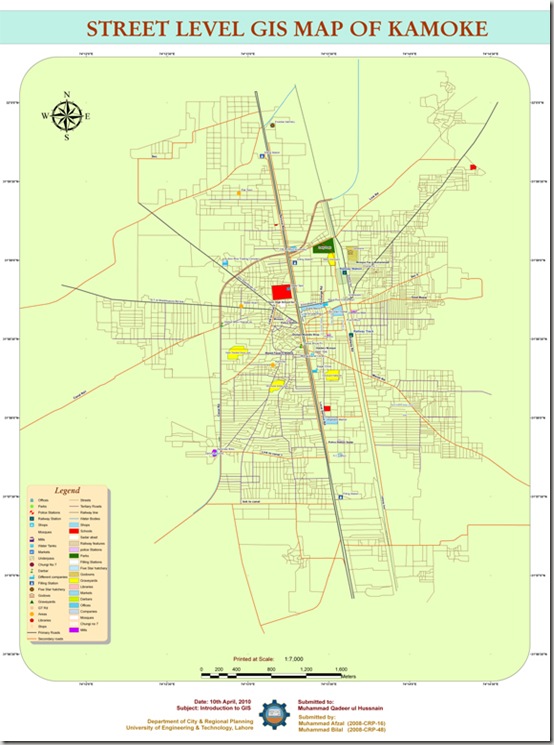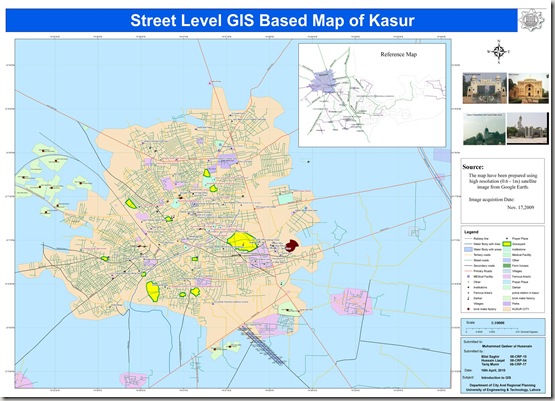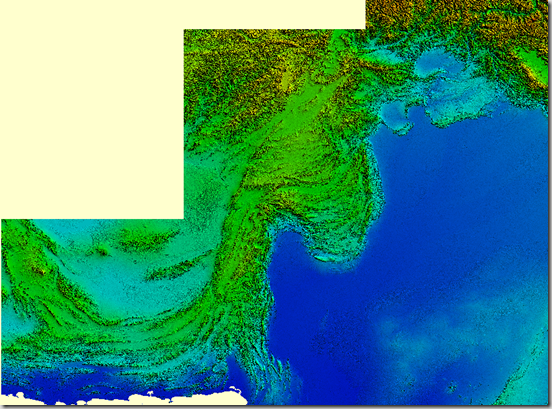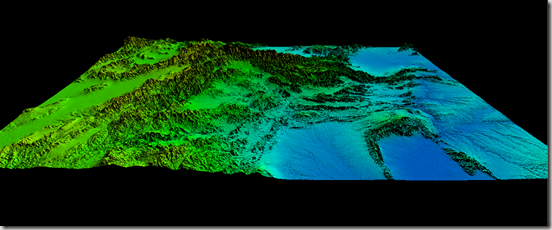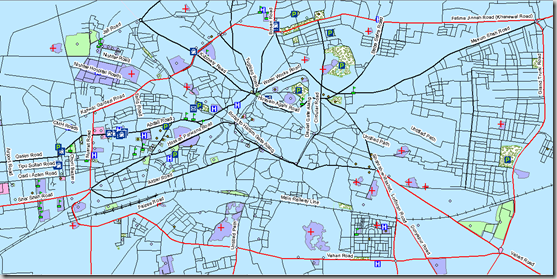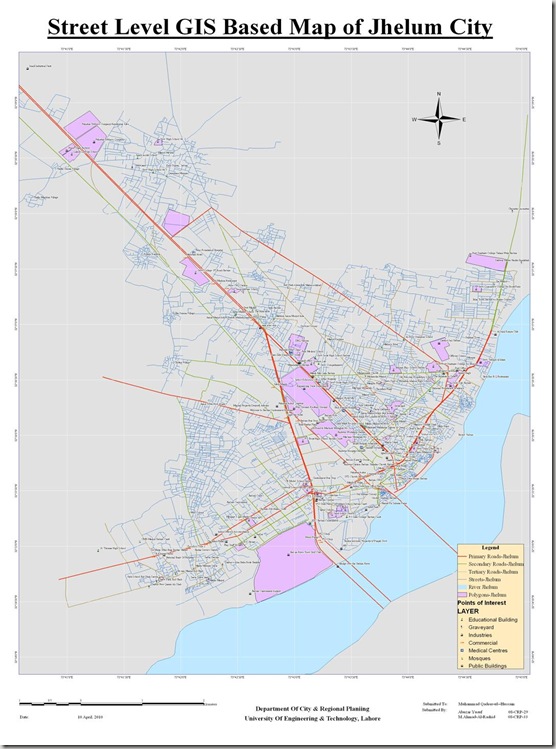Sahiwal (Punjabi, Urdu: ساہیوال) is a city in Punjab, Pakistan. It is the administrative centre of Sahiwal District and Sahiwal Division.The districts of Okara and Pakpattan are under Sahiwal division. Sahiwal lies approximately 180 km from the major city of Lahore. And it is the biggest city between Lahore and Multan. Sahiwal District is included in the former Multan Division and lies between 30-39 north latitude and 73-06 longitude. The city lies in the densely populated region between the Sutlej and Ravi rivers. Irrigation in the region is provided by the Bari Doab Canal system. The principal crops are wheat, cotton, tobacco, legumes, and oilseeds. Cotton goods and lacquered woodwork are manufactured. About 18 miles Southwest of Sahiwal is Harappa, an ancient city of the world, oldest urban center of Harappan or Indus civilization in South Asia. About 28 miles (45 km) west of Sahiwal, at Kamalia, is the site of a Malli city captured by Alexander the Great in 325 bc. Pop. (1998) city, 207,388. The people of Sahiwal are known as Sahiwalians. This city got his name from the first inhibitors of this city the sahis (a jutt sub-tribe or cast). Sahiwal was named as Montgomery city before 1966. In 1966 a famous legendary politician Mufti Zia-ul-Hasan changed its name to Sahiwal. Read More>>
This map has been been prepared by Muhammad Umair and Hassan Ali. They are Urban Planners from Department of City & Regional Planning, University of Engineering & Technology, Lahore.
Methodology Adopted:
Street level mapping has been completed using high resolution images (0.6-1m) of Google Earth dating August 24, 2006 within a period of two months. Detailed process is mentioned in the tutorial HERE.
Contents:
- Data Layers:
- Primary Roads
- Secondary Roads
- Tertiary Roads/ Streets
- Water Bodies
- Railway Lines
- Points of Interest (Hospitals, Educational Buildings, Public Buildings, Mosques, Hotels, Banks, Petrol Pumps etc)
-
Area features (Parks, open spaces, Built up areas, Graveyards, Housing Schemes, water bodies etc)
2. Coverage:

Availability:
Data is available in KML and ESRI Shape file formats.
Get Data:
If you want to acquire this data, Use the
Request Data Form to share your research and need of this data.
Like this:
Like Loading...

